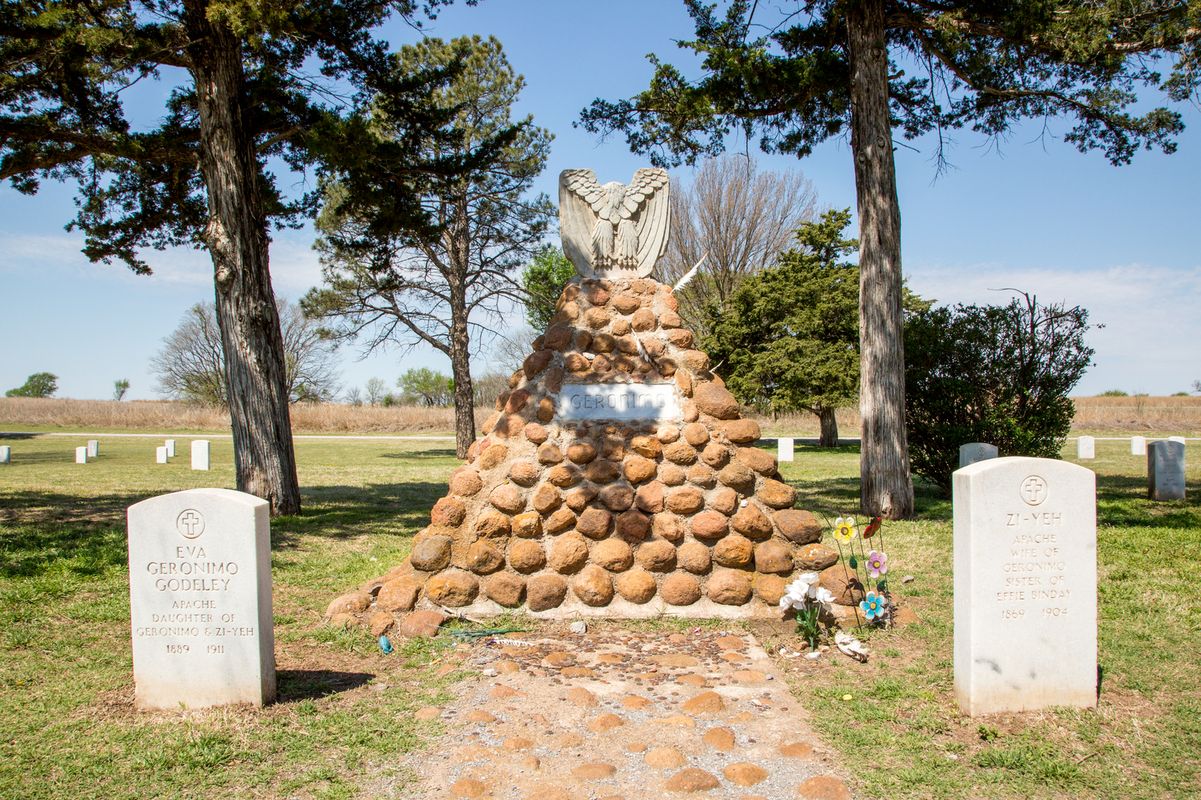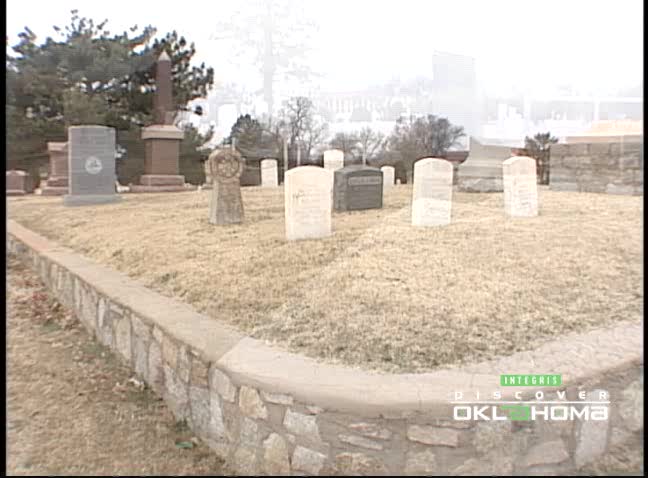Fort Sill National Historic Landmark & Museum
Fort Sill National Historic Landmark & Museum
The Fort Sill National Historic Landmark & Museum is a 19th century frontier army post consisting of approximately 50 buildings and the grounds surrounding them. Fort Sill is perhaps best known as the home of Geronimo during his later years and is also an operating Army military base.
Fort Sill was founded by General Philip Sheridan during a winter campaign against the Southern Plains tribes in 1869. The renowned Buffalo Soldiers were stationed at Fort Sill in the 1870s and provided major assistance in the construction of the post. This African-American regiment was given their nickname by the Indian tribes they fought in honor of their fierceness in battle. In 1911, Ft. Sill became the home of the U.S. Field Artillery Center and School. Today, the U.S. Field Artillery Museum showcases the history of the cadets who have honed their artillery skills at Fort Sill over the course of a century.
Forty-six of the original Fort Sill structures are still in use and in mint condition. The Post Quadrangle features historic homes, museum buildings and the Post Chapel. The museum's visitor center is located at the southeast corner of the quadrangle. The Quartermaster Corral was built in 1870 to protect livestock after a Kiowa horse stealing raid.
Contrary to popular belief, Geronimo was not imprisoned at Fort Sill for more than a few brief stints. The great Apache warrior did live out his final years on the grounds of the fort and it is his final resting place. In addition to Geronimo, Native American notables including Quanah Parker are buried at Chief's Knoll in the Post Cemetery.
Self guided tours are available with the use of an audio guide or brochure, although all visitors are required to get a background check through the on-site Visitors Control Center prior to admission onto the base.
Photos






Videos












